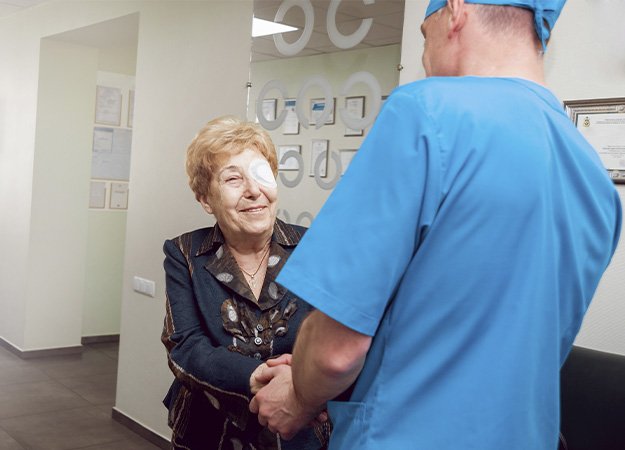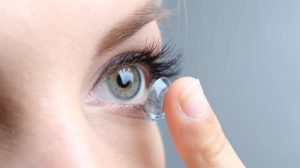Aging is the leading cause of developing a cataract. Your vision becomes blurry as a result. Sometimes, cataract formation can also be the result of taking particular drugs, illnesses, or trauma. If you think your sight has become blurry or your color vision has become less bright, you may have developed cataracts.

Please read this post to thoroughly understand cataract surgery and how to prepare for it.
What Is Cataract Surgery?
Your eye’s natural lens is usually transparent. When a cataract develops, your lens becomes cloudy and this impairs your vision.
When ophthalmologists perform cataract surgery, they remove the lens of your eye and replace it with an artificial lens.
Cataract surgery is a safe and very common procedure. Most cataracts develop in adults as a result of aging.
When Do You Need Cataract Surgery?

Cataracts will slowly make you see more blurry and colors will appear less bright. If a cataract starts interfering with your daily activities, it’s time to think about cataract surgery. But you don’t have to wait that long. Nowadays doctors perform cataract surgery much earlier than before.
If you have other eye conditions, like age-related macular degeneration or diabetic retinopathy, and your eye doctor’s ability to monitor or treat these conditions diminishes because of cataracts, he or she will definitely recommend doing cataract surgery.
Cataracts don’t impair your vision right away unless they are caused by trauma. They usually worsen over time. Slowly your prescription will start to change, you may find reading, especially in low light conditions, more challenging, or you may start noticing halos or glare around lights when driving at night. Colors will also appear less bright.
Little by little your vision will deteriorate and at some point, even a higher prescription will not help you anymore.
At that point, the only way to improve your vision is through cataract surgery, to remove the cataract (the cloudy lens) and insert an intraocular lens.
An ophthalmologist can easily confirm your cataracts with a slit lamp examination.
Besides diagnosing the cataract, It’s also very important to examine the rest of the eye, especially the retina. If there is a retina problem, it might have to be treated first, in order for the cataract surgery to be beneficial.
Doing cataract surgery as soon as symptoms start to appear, or waiting till it’s really necessary, is up to the patient unless there are other complications, that require intervention.
What to Expect

Before the Surgery
An extensive eye exam needs to be performed to determine the condition of the retina, the density of the cataract, and the size of the eye in order to choose the right implant lens.
During the Surgery
Cataract surgery is usually performed as an outpatient procedure, which usually takes 30 to 1 hour and allows you to recover at home.
When you arrive at the hospital:
- The nurse will dilate your pupil by putting eyedrops in your eye.
- Local anesthetics, in the form of eye drops, will be used to numb the eye. Your surgeon might give you a sedative to relax when it’s deemed necessary.
- Through a tiny hole, the cataract is sucked out of the eye after being emulsified, and through the same hole, an artificial lens is inserted. The lens capsule at the back of your eye is kept whole so the artificial lens can be placed there. The procedure is called: Phaco-emulsification. This is practically the only procedure used nowadays to remove cataracts.
After the Surgery
Immediately after the procedure, your eye will be covered with an eyepatch. This will be removed the next day at your first post-op consultation. Initially, your vision might still be a little blurry, but this is normal. Some itching and discomfort will also be present during the first few days. Be careful not to rub or squeeze your eye. Your doctor might instruct you to wear a protective shield. Eye drops will have to be used for a few days after the surgery.
Your doctor will schedule a few follow-up appointments after the surgery.
The day after the surgery, when the eyepatch is removed, you will see an improvement in your vision. Sometimes, due to swelling, it can still be a little blurry, but that will clear up in a few days.
If you have any eye problems or think you have cataracts, schedule an exam today to find the right diagnosis and best treatment.
Every patient deserves top-quality eye care from us. European Eye Center focuses on providing Western-standard services and determining appropriate treatment plans to help patients restore their vision in a feel-like-home atmosphere.
We are happy to help if you have questions about cataract surgery. Don’t hesitate to connect with us at info@europeaneyecenter.com.
Contact us today to schedule an eye care service!







